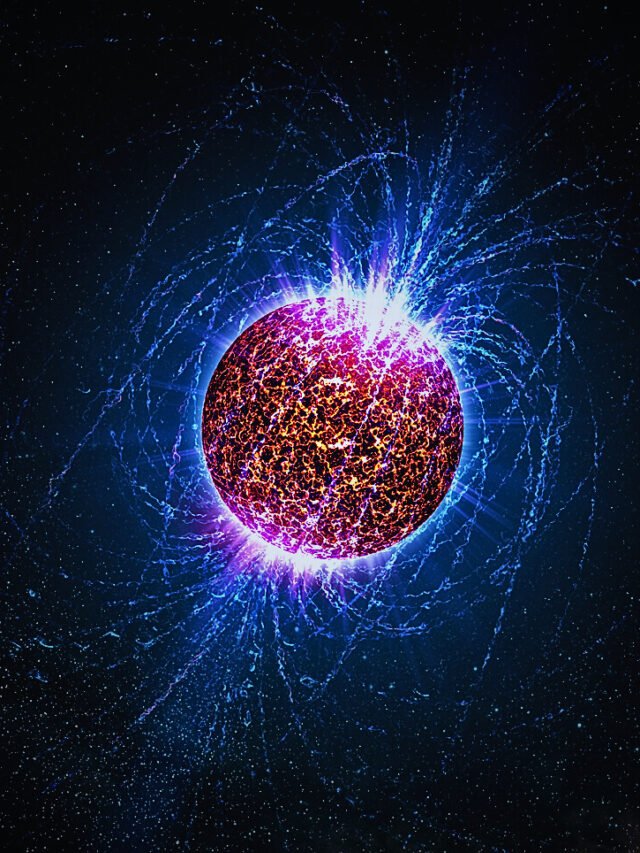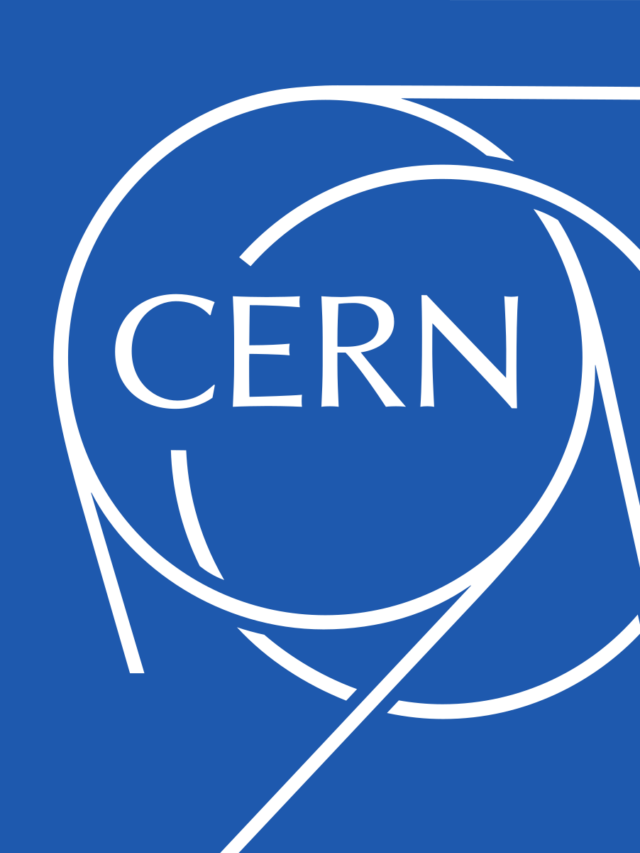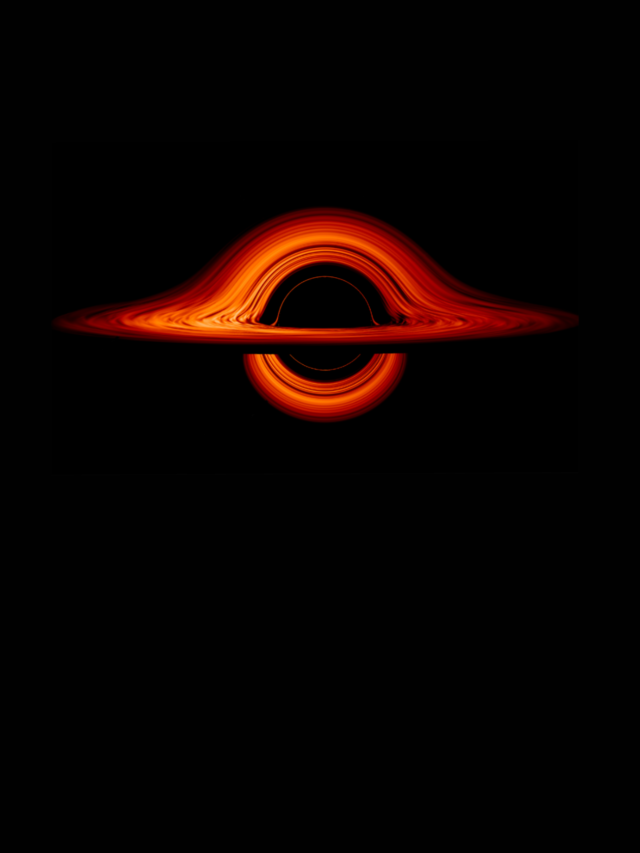In a new study published in the journal Nature, astronomers have confirmed that M87* is spinning.
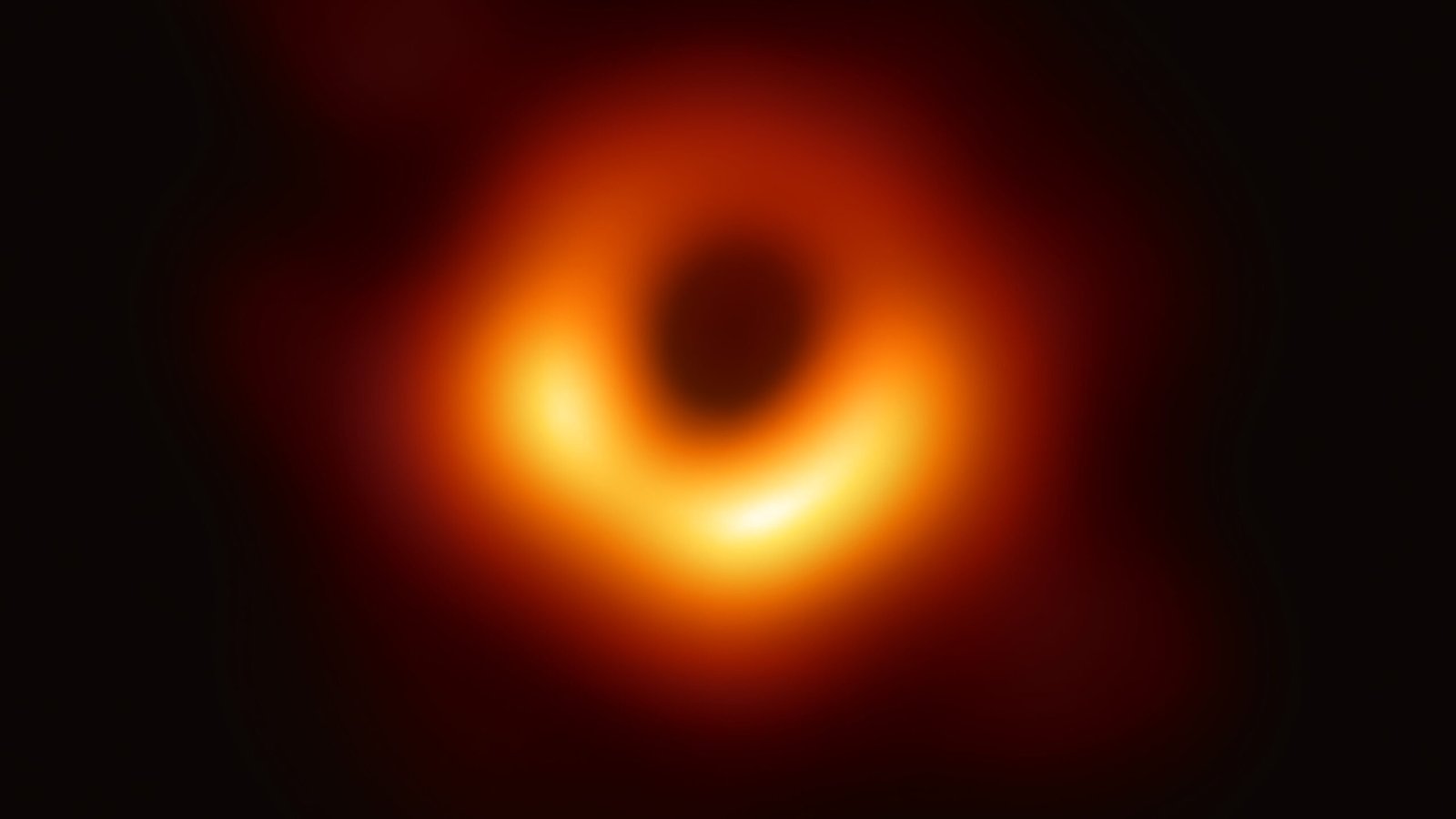
In addition to being mysterious, black holes are also some of the most fascinating objects in the universe. They are regions of spacetime where gravity is so strong that nothing, not even light, can escape. Black holes form when massive stars collapse at the end of their lives.
One of the most important properties of black holes is their spin. All black holes spin, and their spin rate significantly impacts their behaviour. For example, the spin of a black hole can determine the shape of the accretion disk that surrounds it, and it can also power jets of material that shoot out from the black hole’s poles.
The First Imaged Black Hole
In 2019, astronomers achieved a groundbreaking milestone: releasing the first image of a black hole. The image was of M87, a supermassive black hole located at the center of the Messier 87 galaxy. M87 is one of the largest known black holes, with a mass 6.5 billion times that of the Sun.
M87 is Spinning*
Furthermore, a new study published in the journal Nature has confirmed that M87 is spinning. Astronomers used a network of radio telescopes to observe M87 over two decades and found that the black hole’s jet of material changes direction every 11 years, likely due to the gravitational interaction between the spinning black hole and the surrounding accretion disk.
How Black Holes Spin
However, the process by which black holes spin is not well understood. However, one leading theory suggests that smaller black holes form by feeding on star matter through an accretion disk. This causes them to spin rapidly. Over time, smaller black holes collide and merge to form supermassive black holes, which spin slower than their younger counterparts.
Implications of the Study
On the whole, The new study has a number of important implications. Firstly, it confirms that M87* is spinning. This is important because M87* is one of the most well-studied black holes in the universe. Secondly, the study provides new insights into how black holes spin. This information could be used to study other black holes, including those that are located in our own galaxy.
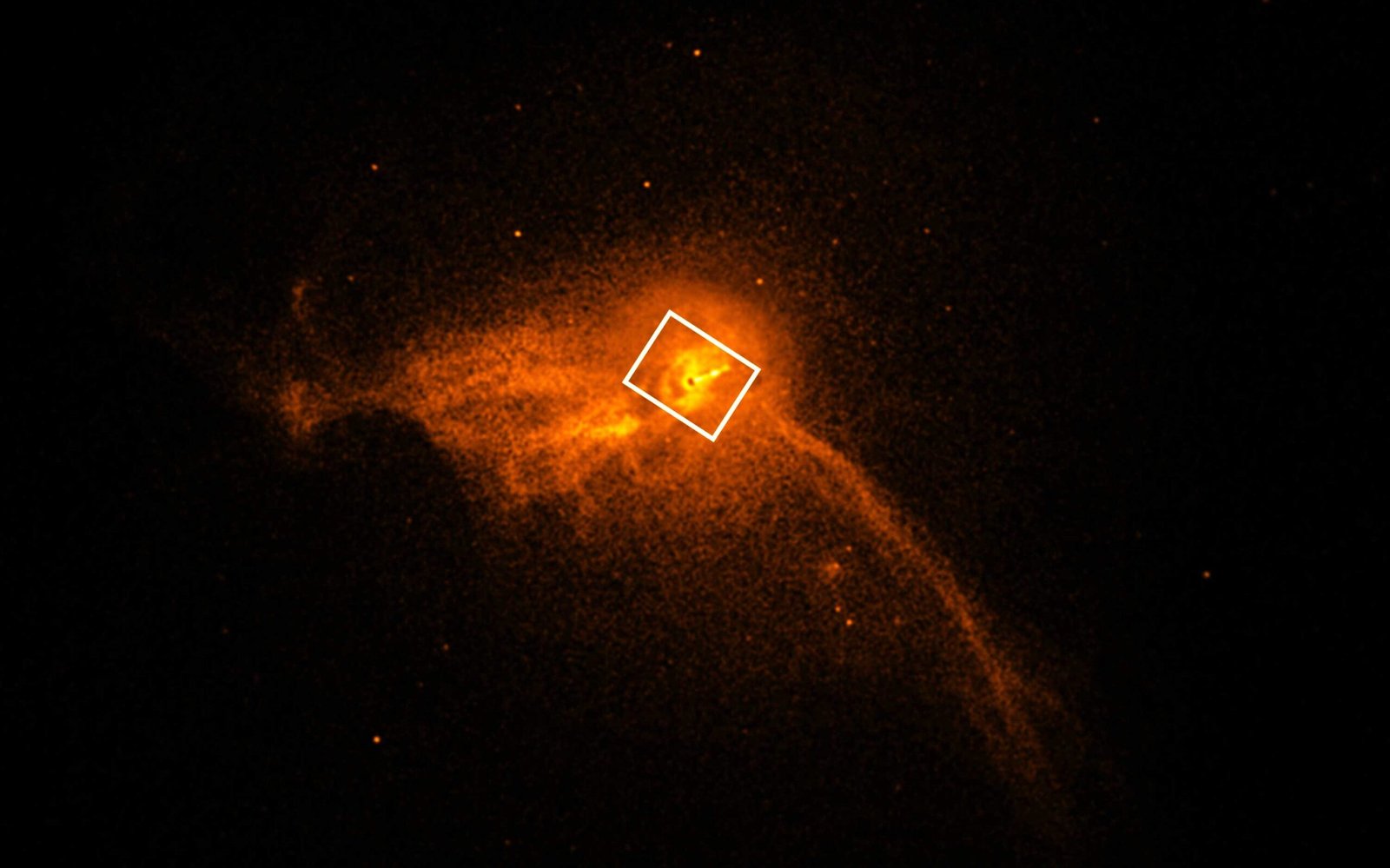
The study also has implications for our understanding of the universe as a whole. Black holes play an important role in the formation and evolution of galaxies. By studying black holes, we can learn more about how galaxies form and grow.
Additional Information
What is spin?
Spin is a fundamental property of all objects in the universe, a measure of how much an object is rotating. The faster an object rotates, the higher its spin.
What is an accretion disk?
An accretion disk is a rotating disk of material that surrounds a black hole. The black hole’s gravity pulls the material in the accretion disk towards it. As the material falls towards the black hole, it heats up and emits radiation.
What is a jet?
A jet is a narrow stream of material ejected from a black hole, powered by the black hole’s spin.
How do black holes form?
Massive stars collapse to form black holes at the end of their lives. When a massive star runs out of fuel, it collapses under its own gravity. This collapse can create a black hole if the star is massive enough.
How do black holes evolve?
Black holes can evolve over time. For example, black holes can collide and merge to form larger black holes. Black holes can also grow by feeding on material from their surroundings.
What role do black holes play in the universe?
Black holes play an important role in the formation and evolution of galaxies. Black holes are located at the centers of most galaxies. The supermassive black hole at the center of a galaxy plays a key role in the galaxy’s formation and evolution. Black holes play an important role in the formation and evolution of galaxies.
Final Thoughts
Black holes are some of the most mysterious and somehow one of the most fascinating objects in the universe. They are regions of spacetime where gravity is so strong that nothing, not even light, can escape. Black holes are playing an important role in the formation and evolution of galaxies.
The new study is a significant step forward in our understanding of black holes. It confirms that M87 is spinning and provides new insights into how black holes spin. This information could be used to study other black holes and better understand the universe as a whole.
If you are interested about to know the discovery by James Webb Telescope about finding carbondioxide on Europa, a moon of Jupiter then click on the post below to read about it:
furthermore, if you are interested in stories like this about black holes or want to learn more about black holes, check out our web story below.
If you liked our article then share it with your friends, who are interested in science and technology and explore more articles and web stories like this, click on the link below:
If you like to watch videos like this article, go on our YouTube channel. We’ll be uploading more stories like this there:




